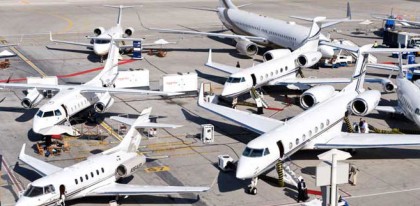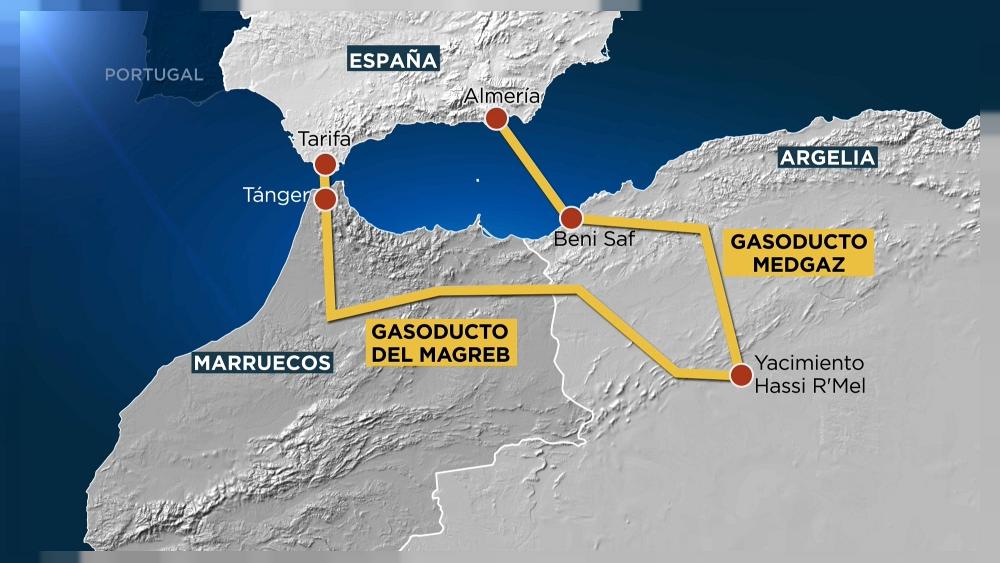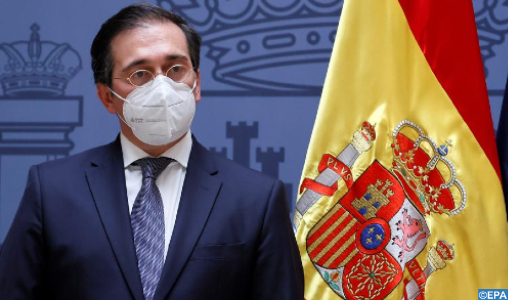 Morocco’s economic capital city of Casablanca hosted during the past few days (Sept.1-2) an important business aviation show which gathered nearly 60 exhibitors including major world operators in the industry.
Morocco’s economic capital city of Casablanca hosted during the past few days (Sept.1-2) an important business aviation show which gathered nearly 60 exhibitors including major world operators in the industry.
The event, organized by the Middle East and North Africa Business Aviation Association (MEBAA) and F&E Aerospace, was an opportunity for visitors, particularly CEOs and businessmen to explore services and see the jets manufactured by Bombardier, Gulfstream, regional companies like AfricAir, Saudia Private Aviation and many others.
Dassault Falcon 7X, Cessna Caravan, Diamond DA42, Bombardier Global 6000, Beechcraft Hawker 900XP and Gulfstream G550 were among the major planes displayed during the exhibit.
According to some experts, Morocco looks forward to become a new destination for business aviation, a market which the North African country wants to tap into, encouraged by its booming aeronautics, automobile industry and macroeconomic stability.
Gulfstream senior vice-President Trevor Esling said “business in Morocco is good and Casablanca business aviation show demonstrates lots of potential for the future”.
For his part, founding chairman of MEBAA Ali Alnaqbi said: “We are focusing on the Moroccan market because we knew that Morocco was a hub for business aviation in the region and we are thrilled to see that it has appealed to so many exhibitors and visitors”.
The Moroccan aeronautics sector posts an annual growth rate of 15 pc to 20 pc. Today, over 100 companies in the aeronautical sector are based in the country, employing about 10,000 people in total.
Morocco is banking on geographic proximity to Europe, its political stability and its competitive workforce to attract more foreign capital to develop its aeronautics sub-contracting market. The North African country has still a long way to go in this sector, although its aeronautic market generates annually a turnover of around 1 billion Euros, boosting overall exports and supporting sustained economic growth.
Furthermore, aeronautics plants installed in the industrial free trade zones and clusters are expanding and recruiting more manpower to keep up with their rapid growth.
According to local professionals and analysts, the sector is likely to double in size by 2020 and grow in maturity, gaining more momentum.



